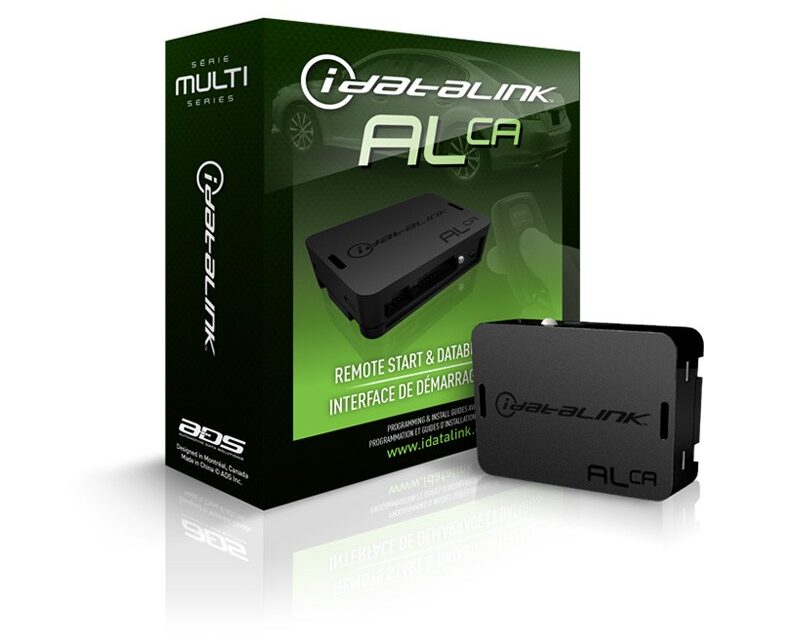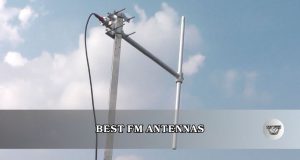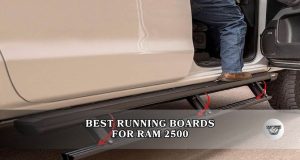Last Updated on November 25, 2025 by Aaron Blake
Have you ever wondered how your car’s different parts talk to each other? Whether it’s the engine, brakes, or dashboard, they all need to share information quickly and clearly.
That’s where CAN Bus comes in. Understanding what CAN Bus is can change the way you think about your vehicle’s technology. If you want to know how this system works and why it matters for your car’s performance and safety, keep reading.
This article will break it down in simple terms, so you can grasp the basics and see why CAN Bus is a key player in modern automotive systems.

Credit: www.bestcaraudio.com
Contents
Basics Of Can Bus
CAN Bus stands for Controller Area Network Bus. It is a communication system used in vehicles.
CAN Bus allows different parts of a car to talk to each other. It helps devices share information quickly and safely.
Can Bus Architecture
The CAN Bus system has a simple architecture. It uses a twisted pair of wires to connect all devices.
Each device on the bus can send and receive messages. This setup reduces the need for many wires.
- Two wires carry signals: CAN High and CAN Low
- All devices share the same wire pair
- Devices are called nodes
- Nodes can join or leave without affecting others
Communication Protocols
CAN Bus uses special rules to manage communication. These rules are called protocols.
The protocol controls how messages are sent and received. It ensures data is correct and avoids conflicts.
- Messages have unique identifiers
- Priority is given to important messages
- Error detection is built into the system
- Nodes confirm receipt of messages
Role In Automotive Systems
CAN Bus is a communication system used in vehicles. It connects different electronic parts for smooth work.
This system helps various car components send and receive data quickly and reliably.
Data Transmission
CAN Bus sends messages between car parts using a shared data line. It uses signals that carry information to control devices.
- It uses a two-wire system for sending data.
- Data is sent in small packets called frames.
- Each frame has an ID to identify the message type.
- Errors are detected and corrected to keep communication safe.
- It allows real-time data exchange between systems.
System Integration
CAN Bus links different vehicle systems so they work as one unit. It reduces the need for many wires and improves system control.
| System | Function | Benefit of CAN Bus |
| Engine Control | Manages engine performance | Fast data sharing for better control |
| Braking System | Controls brakes and safety | Quick response to driver input |
| Infotainment | Handles audio and navigation | Integrates with other systems easily |
| Climate Control | Regulates cabin temperature | Coordinates with sensors for comfort |
| Body Control | Manages lights and doors | Improves convenience and safety |
Advantages Of Can Bus
CAN Bus is a communication system used in cars. It helps different parts of a vehicle talk to each other quickly and clearly.
This system makes the car work better and safer. It also saves money and time during repairs and manufacturing.
Reliability And Efficiency
CAN Bus sends data in a clear and organized way. This reduces errors and stops signals from getting mixed up.
The system uses fewer wires, which lowers the chance of broken connections. This keeps the car’s communication steady and fast.
- Data checks prevent mistakes
- Fast response improves safety
- Simple wiring increases durability
Cost And Complexity Reduction
Using CAN Bus cuts the number of wires needed in a vehicle. This makes the car lighter and easier to build.
Less wiring means fewer parts to buy and fix. This lowers manufacturing costs and repair times.
- Reduces wiring and connectors
- Simplifies car design
- Decreases repair expenses

Credit: www.scribd.com
Troubleshooting And Maintenance
The CAN bus is a key system in modern vehicles. It helps different parts talk to each other. If it breaks, car systems may stop working right.
Regular checks and fixing problems early keeps the CAN bus working. This helps avoid bigger car issues and keeps driving safe.
Common Issues
CAN bus problems often come from wiring faults or bad connections. This stops signals from reaching the parts they need.
Other issues include damaged control units or software errors in the vehicle’s computer system.
- Broken or loose wires
- Corroded connectors
- Faulty control modules
- Interference from other electronics
- Software glitches
Diagnostic Tools
Technicians use special devices to find CAN bus problems. These tools read error codes from the vehicle’s computers.
Some tools check the wiring and signal quality to spot where the fault is located.
- OBD-II scanners to read fault codes
- CAN bus analyzers to monitor signals
- Multimeters for checking wiring
- Oscilloscopes to view electrical waveforms
- Software updates for control modules

Credit: www.gteecn.com
Frequently Asked Questions
What Is Can Bus In Automotive Systems?
CAN Bus is a communication system that allows vehicle parts to share data quickly and efficiently.
How Does Can Bus Improve Vehicle Performance?
It helps different car parts work together by sending real-time data and reducing wiring complexity.
Why Is Can Bus Important For Modern Cars?
CAN Bus supports advanced features like safety systems, engine control, and infotainment integration.
What Are The Main Components Of A Can Bus System?
The system includes sensors, control units, wiring, and a CAN controller for data exchange.
Can Can Bus Systems Be Diagnosed Easily?
Yes, CAN Bus allows easy fault detection using diagnostic tools and software for quick repairs.
Conclusion
Can Bus plays a key role in modern car systems. It allows different parts of the car to share information quickly and clearly. This helps the car run smoothly and stay safe. Understanding Can Bus helps you see how cars work inside.
It also shows how technology improves driving. Cars will keep using Can Bus to stay connected and smart. Knowing this makes you more aware of automotive technology today. Simple, reliable, and efficient – Can Bus is here to stay.





